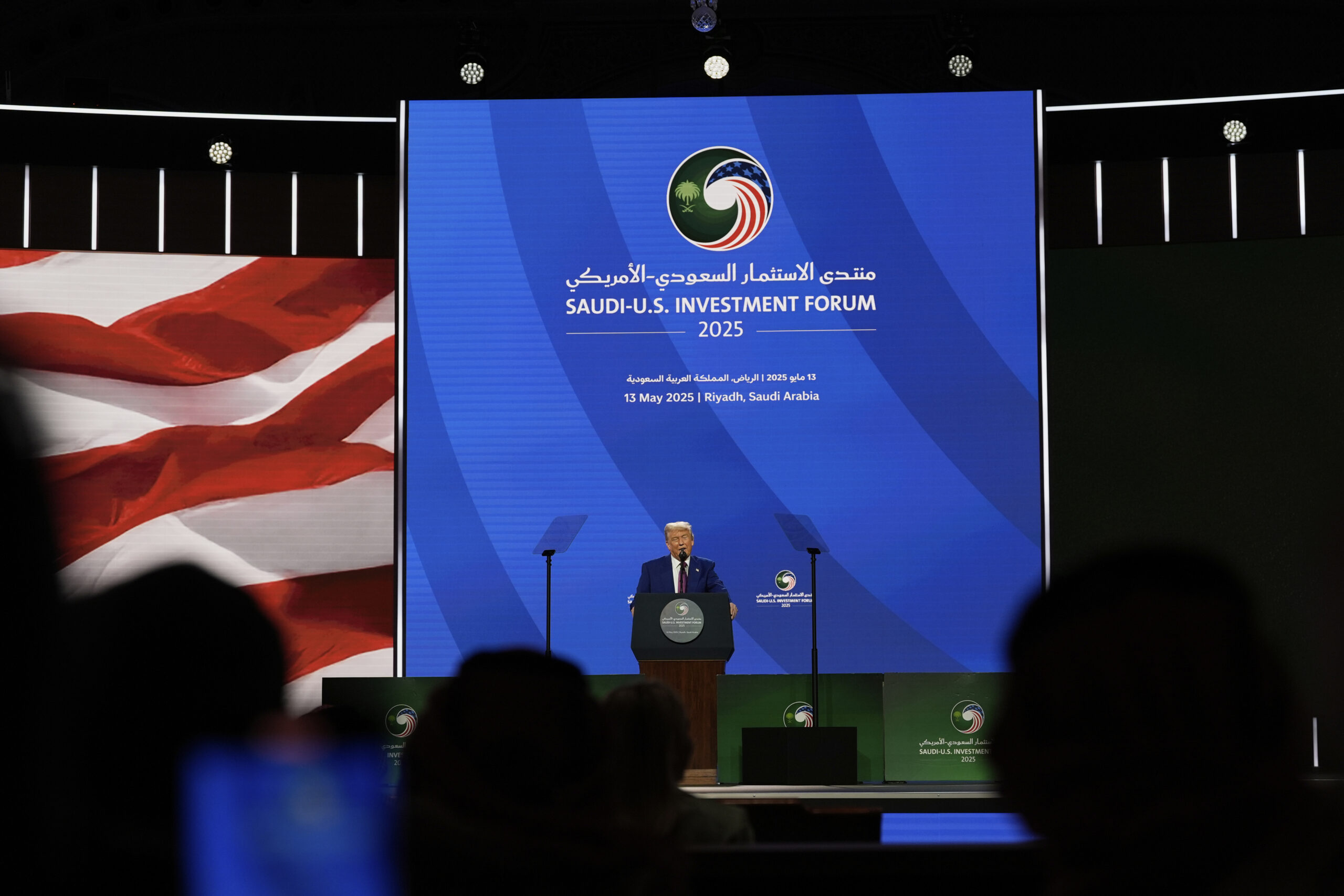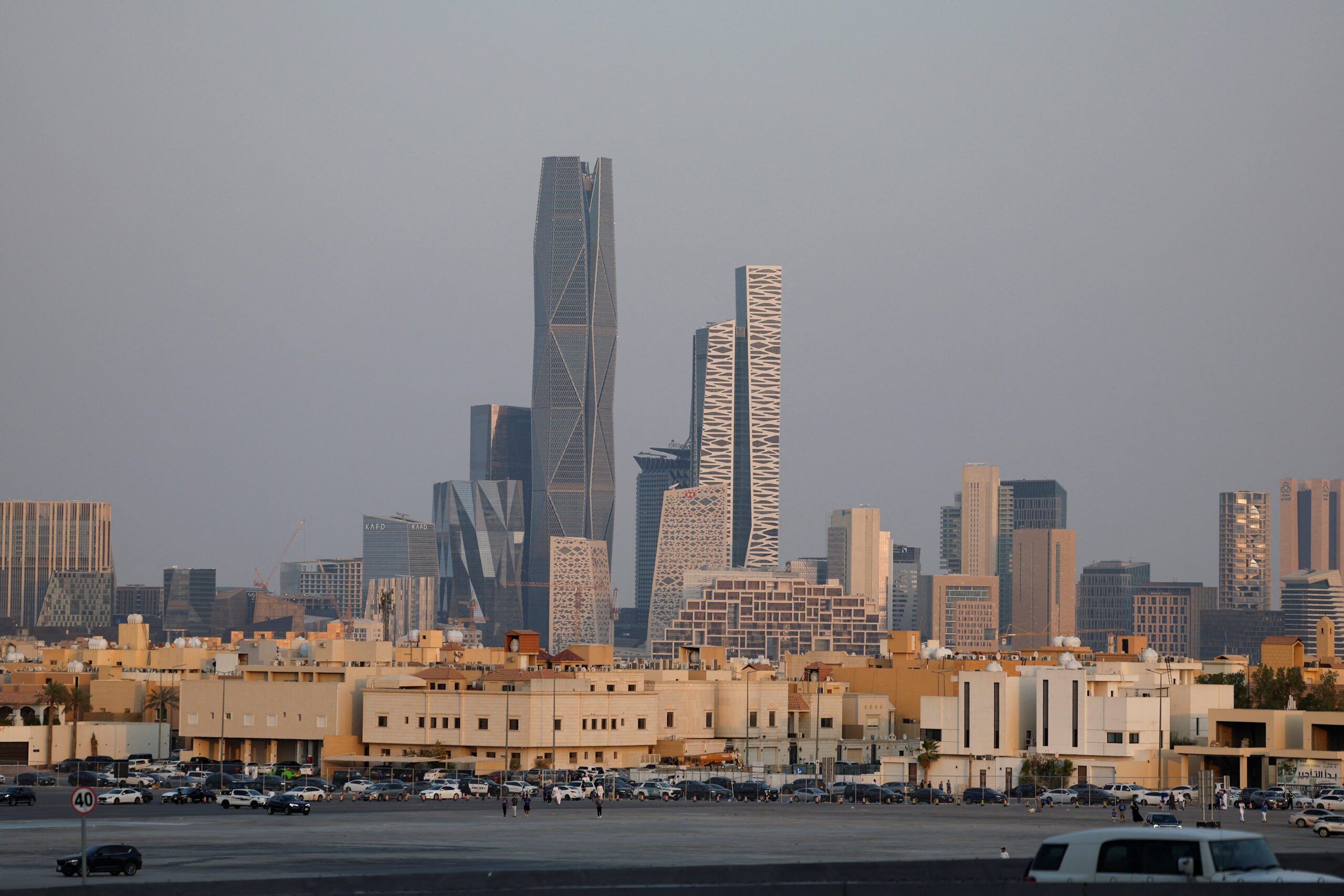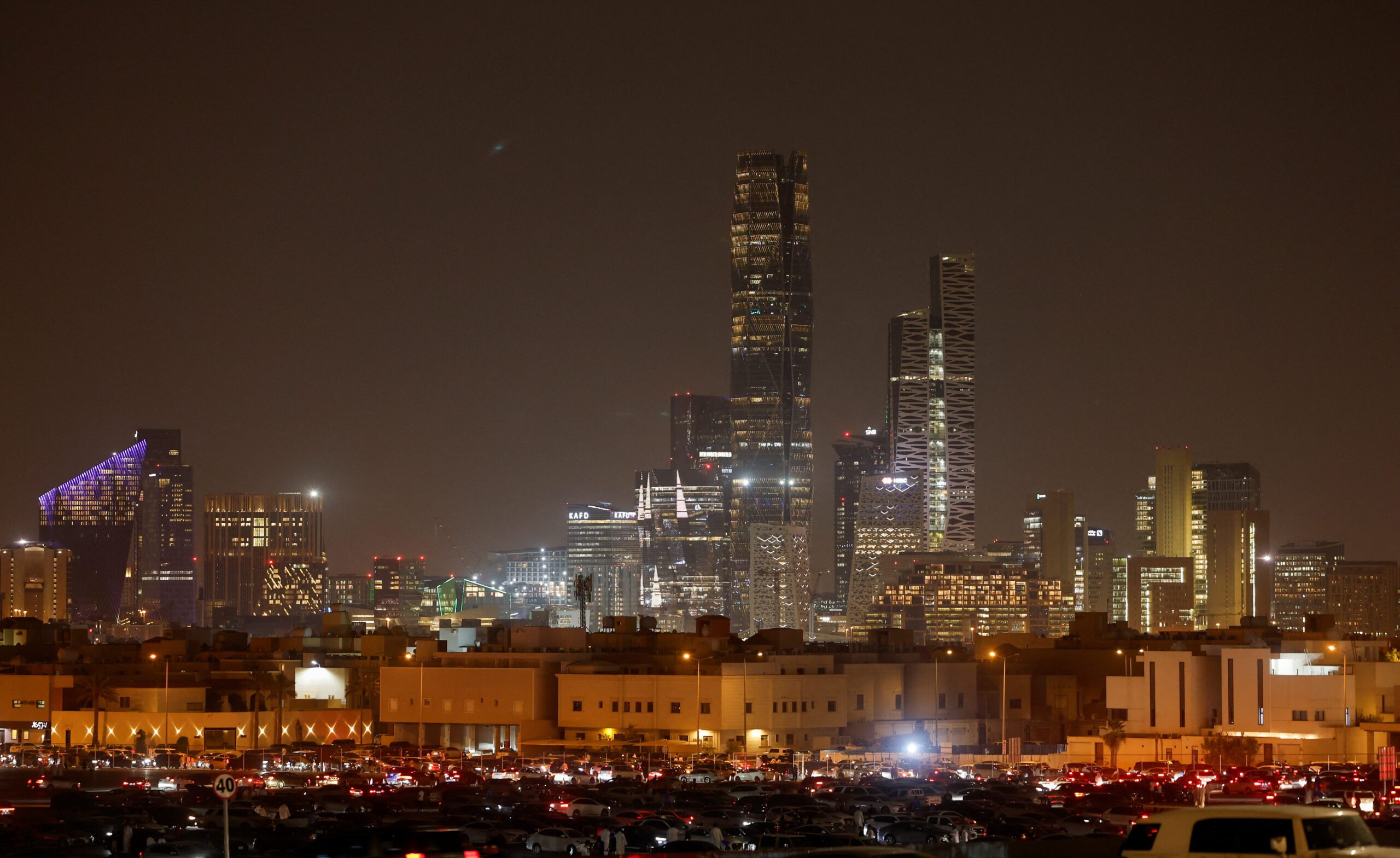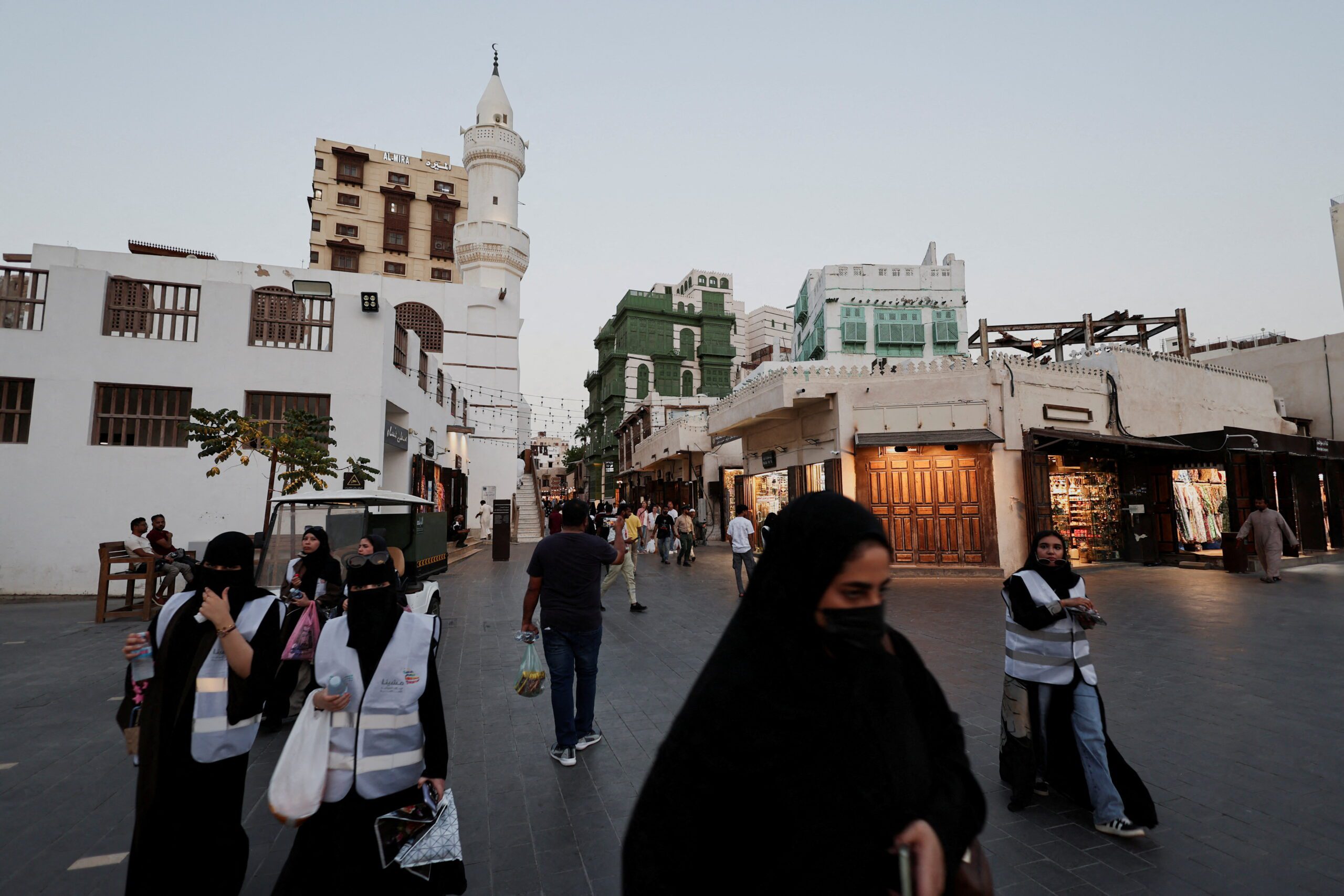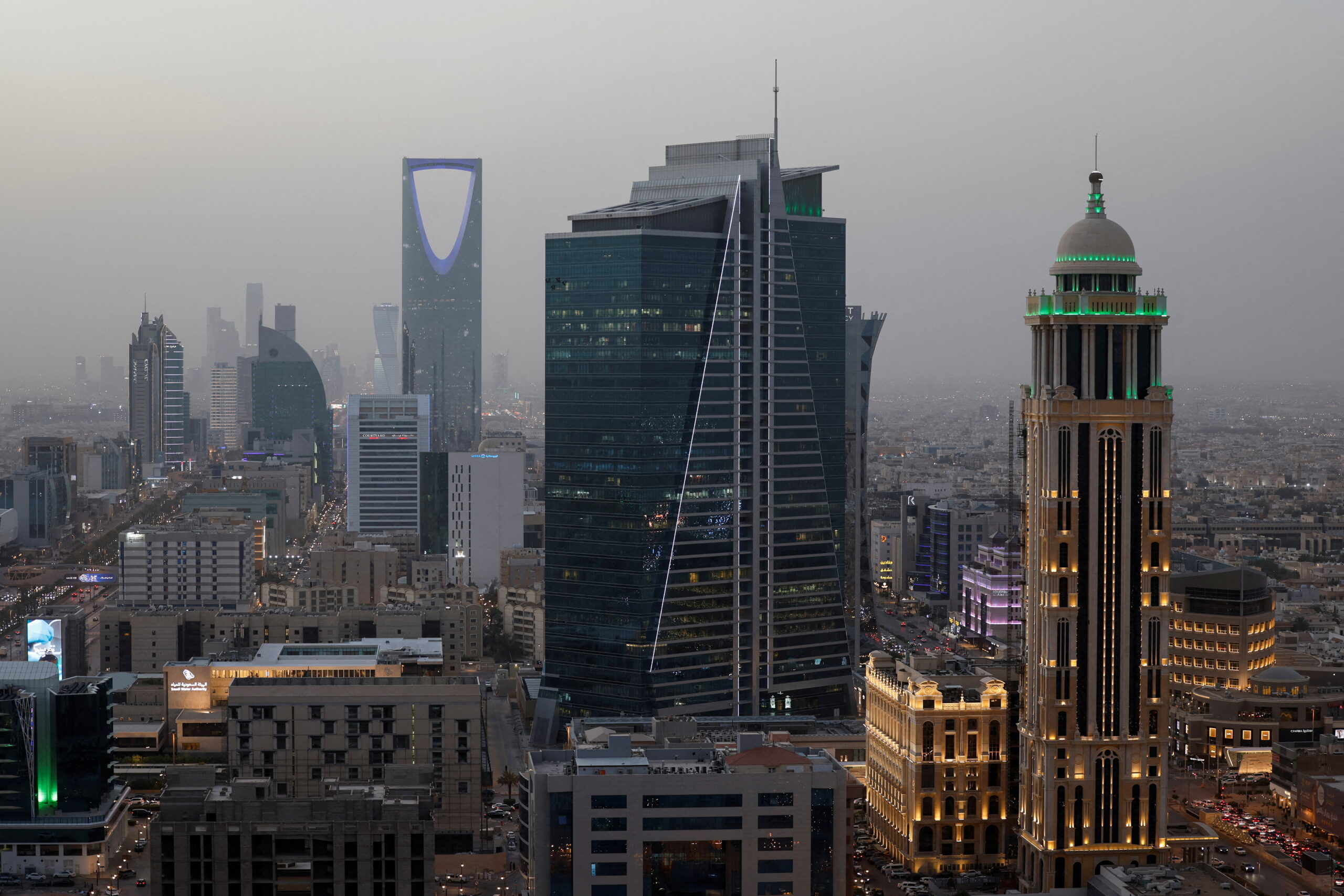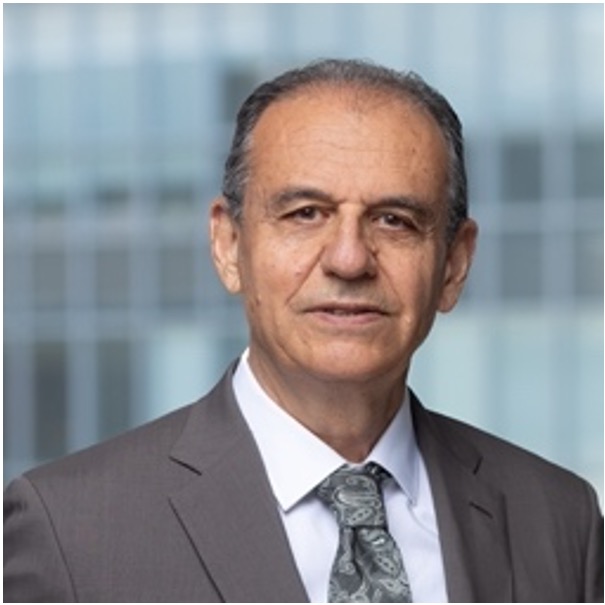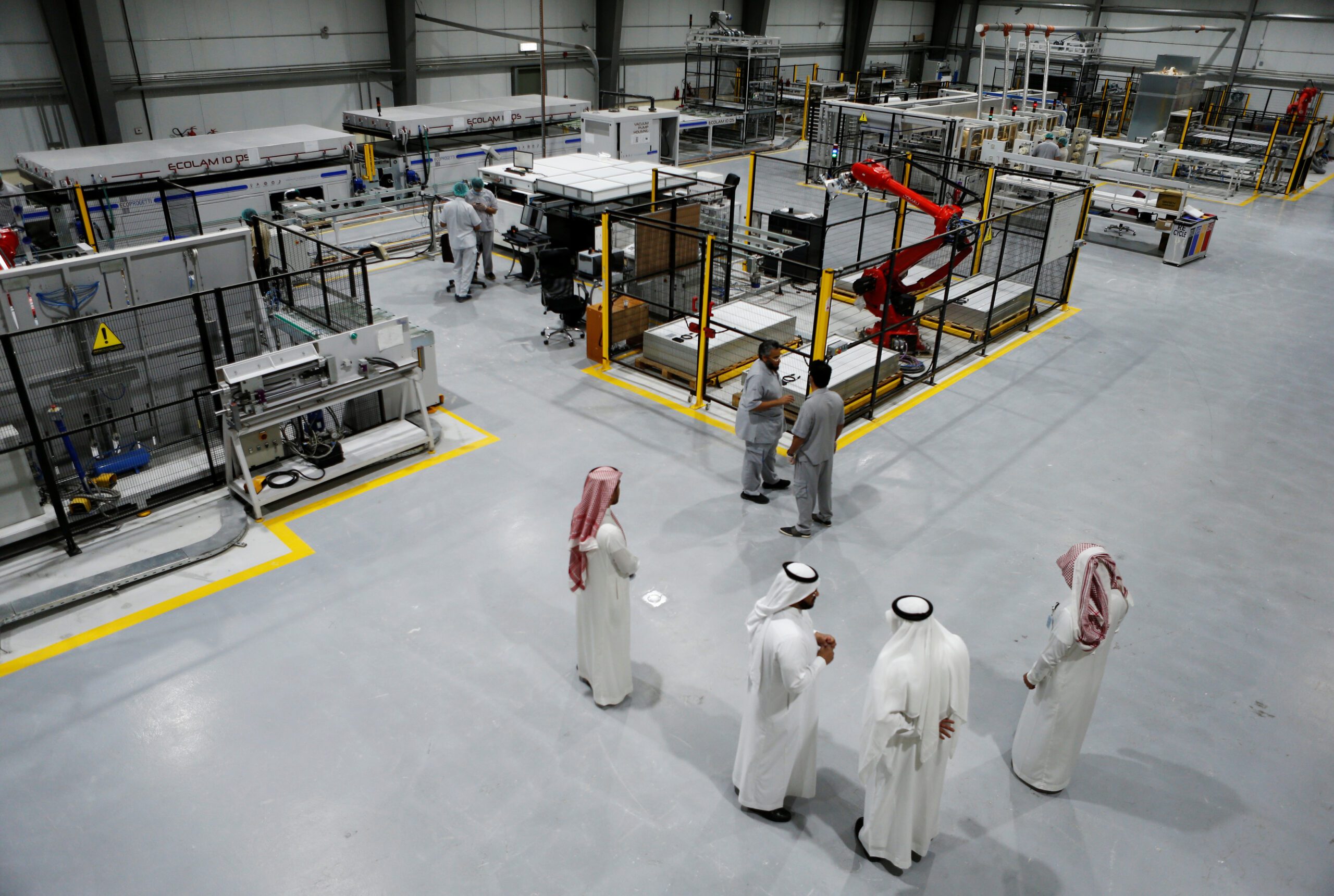Jul 8, 2024
Saudi Unemployment Rate Hits Record Low
The July 8 edition of the Saudi Economic Spotlight highlights how labor market indicators improved in the first quarter of 2024, with the unemployment rate among Saudi nationals falling to its lowest level on record.
The latest Saudi labor market data published June 30 by the General Authority for Statistics contained estimates for the first quarter of 2024 and revised data for 2021-23. The revisions were made to incorporate the results of the 2022 population census. The 2022 census contained a significant downward revision to the estimates of the number of people living in Saudi Arabia (for 2021, the population estimate was lowered to 30.8 million from 34.1 million).
Data Revisions: More Bark Than Bite
The long-awaited incorporation of the 2022 census estimates into the labor market data only resulted in small revisions to key indicators. The revisions do not change the view that labor market outcomes have improved in recent years. Specifically, for 2023, while the unemployment rate of Saudi nationals is now estimated at 8.5% compared to 8.3% previously, and the labor force participation rate (the share of the working age population that is employed or unemployed) is now estimated at 50.8% compared to 51.8% previously, both indicators have still improved since 2021. For non-Saudi nationals, there has been a marked increase in the labor force participation rate but little change in their already low unemployment rate.
Improving Labor Market in Early 2024
Labor market indicators improved in the first quarter of 2024 relative to the fourth quarter of 2023. The unemployment rate for Saudi nationals fell to 7.6%, its lowest ever level, from 7.8%. The labor force participation rate increased to 51.4% from 50.4% but remained slightly below its level in the first quarter of 2023. Around 23,000 new jobs were created for Saudis in the first quarter of 2024, although these gains were dwarfed by the 500,000 increase in employment of non-nationals. Indeed, since the end of 2022, the employment of non-nationals has risen by 1.3 million compared to a gain of 170,000 for Saudi nationals. The share of private sector jobs held by Saudis declined from 23.3% to 21.4% over this period.
What to Look for Now?
The first quarter data paints a picture of a robust labor market. The first quarter data paints a picture of a robust labor market. The unemployment rate of Saudi nationals is at its lowest level since the kingdom began publishing statistics, and strong job creation continues, although most of these new jobs are being filled by non-nationals, and job creation for Saudis is more sluggish. Looking forward, two things will be particularly important to follow.
First is the behavior of the Saudi labor force participation rate. Despite the gains in the first quarter, the participation rate remains below 2022 levels. This raises the concern that the gains from earlier reforms, particularly those aimed at encouraging more women to work, may have now petered out, and the participation rate has found its new equilibrium level.
Second is whether the exceptionally strong job growth for non-nationals continues. Around one-quarter of this increase has been in the construction sector, which makes sense given the development of Saudi Arabia’s giga-projects and other infrastructure projects and the unwillingness of Saudis to work lower-level construction jobs. However, much of the remaining increase has been in the ill-defined “other activities” category. It is unclear where these jobs are being created, and greater transparency in the data would enable a better understanding of these trends.
A rebalancing of employment growth between nationals and non-nationals and a renewed upswing in the labor force participation rate of Saudi nationals will be essential for the success of the Vision 2030 reforms. Hopefully, such trends will be evident in forthcoming labor market data releases.
The views represented herein are the author's or speaker's own and do not necessarily reflect the views of AGSI, its staff, or its board of directors.



